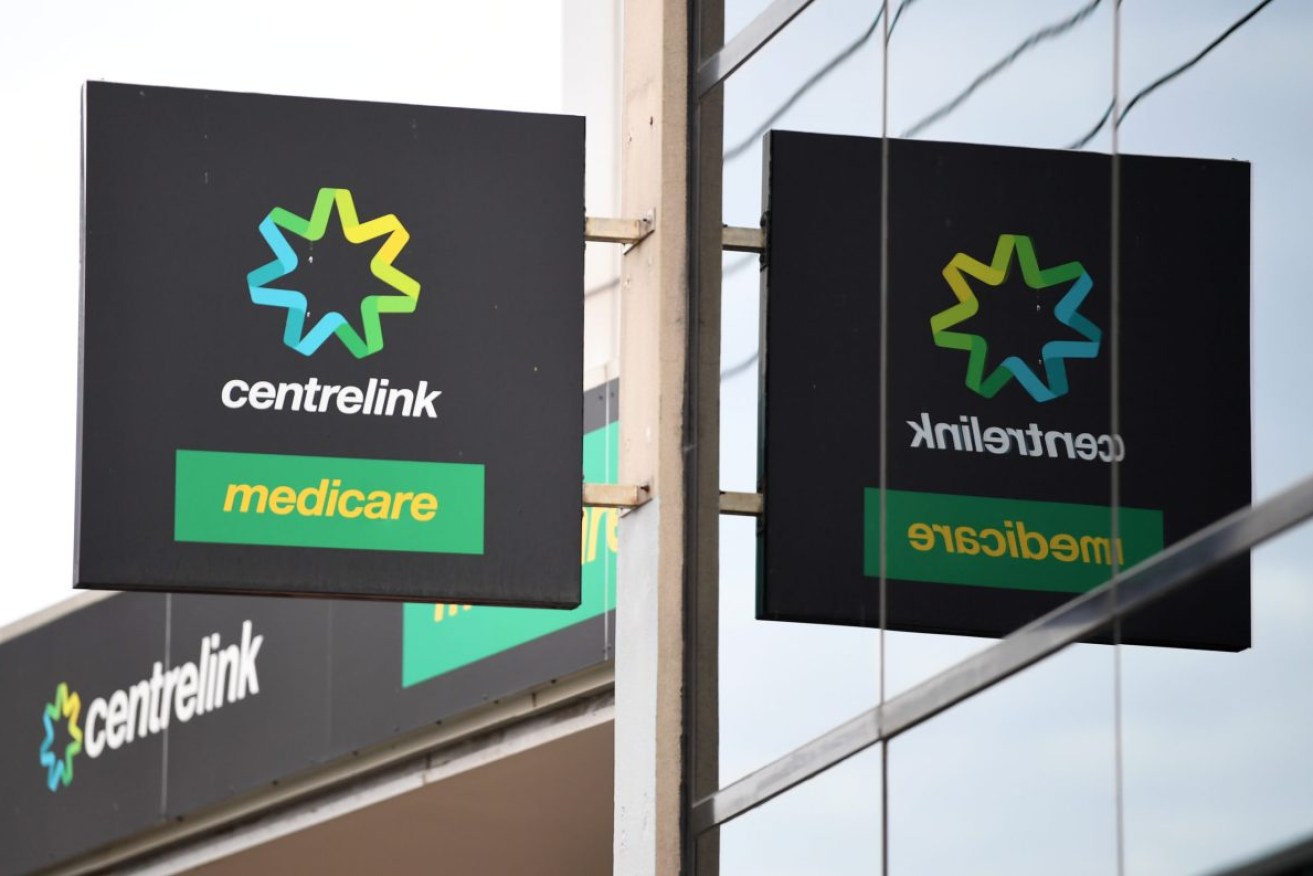SA’s unemployment rate remains the worst in Australia
South Australia’s unemployment rate has fallen but still remains the worst in the nation, according to Australia Bureau of Statistics data released today.


Photo: AAP/James Ross
The March figures show the state’s unemployment rate dropped to 6.3 per cent from 6.8 per cent in February (seasonally adjusted) – compared to a national rate which dropped unexpectedly to 5.6 per cent from 5.8.
However, South Australia retained the unwanted mantle of worst state for the jobless rate, above the next worst state, Victoria, with 6.1 per cent.
The participation rate – the proportion of people either in the workforce or looking for a job – fell slightly and is now the equal lowest in Australia along with Tasmania, at 61.9 per cent.
The total number of people in jobs in South Australia dropped slightly – from 847,400 to 846,800. That figure is 10,000 lower than in March 2020.
The underemployment rate of 8.6 per cent was unchanged. Only Tasmania recorded a higher underemployment rate than South Australia.
With JobKeeper having ended on March 28, governments across Australia will be waiting nervously for next month’s figures to assess the initial impact of the withdrawal of that multi-billion-dollar support mechanism.
South Australia’s performance echoes concerns raised in the latest Deloitte Business Outlook report released this week.
The report found that SA’s relatively good employment figures late last year had an “unjustified shine” due to a decline in the participation rate.
Innovation and Skills Minister David Pisoni took a short-term view to put a positive spin on the figures – taking the January employment figure as a baseline, even though it was 12,000 jobs fewer than the previous month.
He said that “since January there have been 6100 jobs created in South Australia” and “unemployment has fallen from 7.1 per cent to 6.3 per cent”.
“Since the peak of the COVID shock South Australia has created 37,900 additional jobs, he said.
“Today’s ABS statistics show there have never been more jobs vacancies in South Australia’s history, with opportunities for employment right across the economy.”
However, Opposition treasury spokesman Stephen Mullighan described today’s figures as a “triple whammy” of worst unemployment rate, worst participation rate and worst youth unemployment rate (16.4 per cent).
“We now have a jobs crisis in SA – we have continued to lose jobs, and yet our unemployment rate has gone down – because our state’s participation rate continues its freefall, meaning fewer South Australians are actively engaged in the jobs market,” Mullighan said.
“We’ve had the best health response to the pandemic led by Nicola Spurrier and Grant Stevens, yet our economic response is clearly the worst in the nation – Steven Marshall must act and do more to support local jobs.”
The Australian Bureau of Statistics said today the number of people employed across the nation in March rose by 70,700, more than double what economists had been expecting.
While full-time employment fell by 20,800 in the month, part-time employment jumped by 91,500.
Any impact from the end of JobKeeper will start to be seen from the April figures, which are due on May 20 – the week after the federal budget.
More than one million people were estimated to still be on JobKeeper in the first three months of the year.
Treasury has forecast as many as 150,000 could have lost their job as a result of the wage subsidy ending.
However, demand for workers has been extremely strong, suggesting the momentum of the rebound from last year’s recession may be sufficient to absorb any JobKeeper-related job losses.
Just this week, preliminary figures from the National Skills Commission showed vacancies posted on the internet soared to a 12-year high in March following a huge 19.1 per cent increase in the month.
Other forward indicators of employment growth have been equally robust.
Business conditions also struck a record high in March, and solid forward orders suggest activity is set to grow further in coming months, a positive for future hiring intentions.
At the same time, consumer confidence has struck an 11-year high, an indication that households could be keeping retailers busy.
More to come
– with AAP




